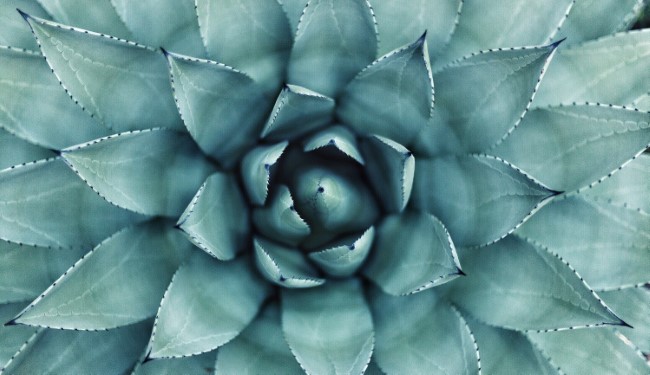Cocktail Queries: 5 Questions About Tequila and Mezcal
Photos via Unsplash, Francisco Galarza, Erol Ahmed, Jason Pofahl, YesMore Content
Cocktail Queries is a Paste series that examines and answers basic, common questions that drinkers may have about mixed drinks, cocktails and spirits. Check out every entry in the series to date.
Of all the major families of spirits that are regularly consumed in the U.S., tequila is both one of the most misunderstood, and one perennially designated as “up and coming.” And indeed, the latter is accurate—tequila is almost always on the rise,. and every year brings more converts who realize that well-made tequila has countless applications beyond the obligatory margarita. In a liquor market that has increasingly been premiumized, tequila has done well for itself, with extra-aged examples becoming commonplace and the spirit often being praised for the neat drinking experience it offers, in addition to its importance to the craft cocktail movement. Tequila is always a spirit with a lot of upside.
Despite this, though, consumers in the U.S. still tend to have a poor grasp of what really defines “tequila” and its brother mezcal, and a loose understanding of how it’s produced and what makes it unique. So with that said, let’s quickly run through everything you really need to know about tequila and mezcal.
1. What is the definition of tequila, exactly?
In other pieces in this series, I’ve phrased this question as “what is the U.S. definition” of a spirit, but this is one case where a United States definition is unimportant—tequila is defined by the fact that it’s a product of Mexico, and no spirit distilled from agave outside of Mexico can be labeled as “tequila.” The very word “tequila” is a bit like saying “whiskey,” then, in the sense that you’re filing that spirit into a larger, overarching family tree that has many substyles within it.
In the simplest terms, tequila is the product of distilling the fermented juice of Blue Weber agave plants—the only species of agave (and there are many) that is allowed in the production of tequila. Tequila production is well regulated and also limited by region by the “denomination of origin” (AOC) title it received in 1974, which means spirit labeled as “tequila” can only be produced in five Mexican regions: Michoacán, Guanajuato, Nayarit, Tamaulipas, and Jalisco, where the vast majority of tequila is made. Mezcal has similar protections.
To make tequila requires Blue Weber agave plants that have been grown for several years—the agave isn’t considered mature until it reaches 8-12 years old, which means a would-be tequila distillery can’t just start growing agave and produce tequila within a few years. The mature agave is harvested by the skilled tradesmen known as jimadors, who hack away the spiky leaves of the agave to collect the hearts, which are called piña. These large cores of the agave plant are the source of all the fermentable sugars that are used to make tequila. After harvesting, they are traditionally cooked via steam, and then milled and smashed. The juice is then fermented with yeast, and the resulting fermented juice is distilled several times in pot or column stills. What you’re left with is the most basic form of unaged, “blanco” tequila.
 Blue Weber agave is a beautiful plant, but the leaves are quite sharp and tough, making its harvesting a challenging job.
Blue Weber agave is a beautiful plant, but the leaves are quite sharp and tough, making its harvesting a challenging job.
Most flagship tequilas from big companies proudly proclaim that they are 100% blue agave tequila—that would be tequila where all of the fermentables come directly from the agave. There is also the cheaper and less reputable style of “mixto tequila,” however, which allows a portion of the fermentables to be other substances, such as sugar or molasses, while also allowing added coloring. “Mixto” is typically seen as lesser-than as a result.
-

-

-

-

-

-

-

-

-

-

-

-

-

-

-

-

-

-

-

-

-

-

-

-

-

-

-

-

-

-

-

-

-

-

-

-

-

-

-

-

 It is common for many brands to offer a blanco, a reposado, and an anejo tequila.
It is common for many brands to offer a blanco, a reposado, and an anejo tequila. The vast majority of mezcal is perfectly caterpillar-free.
The vast majority of mezcal is perfectly caterpillar-free.






































